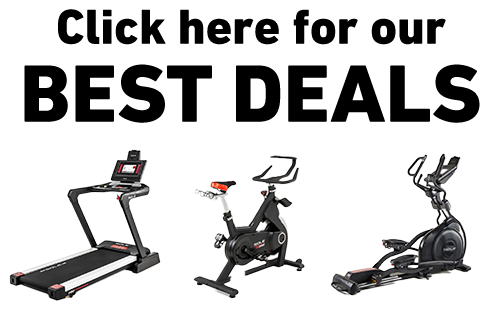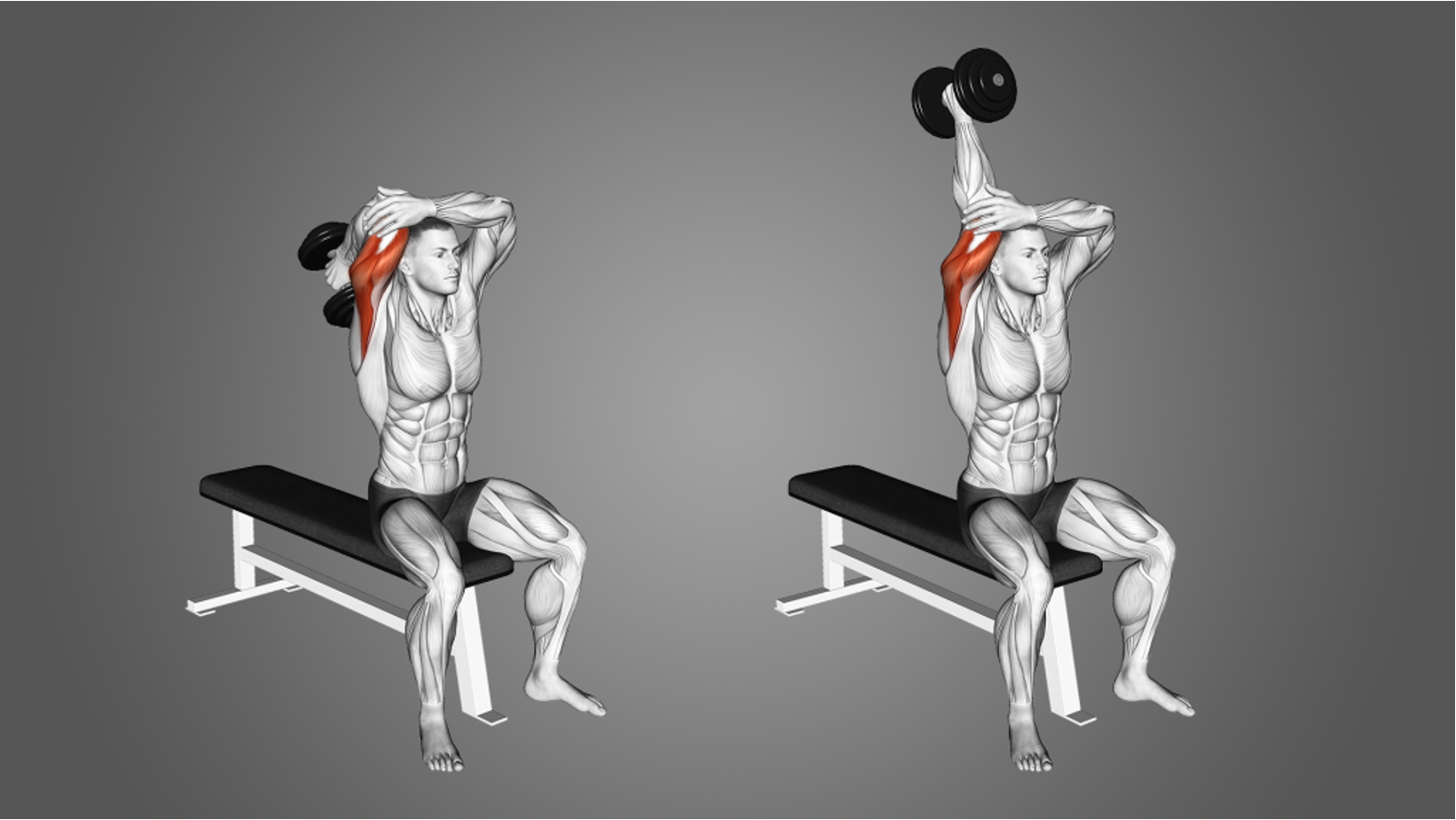Key Takeaways
- Incline bench hits your upper chest and shoulders, while the flat bench works your entire chest.
- Most people can lift about 20–30% more weight on a flat bench compared to an incline.
- Incline can stress your shoulders more, so you gotta nail your form to avoid injuries.
- For a chest that looks awesome from all angles, you should actually use both exercises.
- SOLE strength equipment transforms home chest training with commercial-grade barbells and quick-adjust dumbbells for seamless weight changes between flat and incline press.
Incline Bench Press vs Flat: Overview
About Both Exercises
Both incline and flat bench mainly work your pec muscles (that's your chest), but they do it differently. For an incline bench, you're lying on a bench set at an angle, usually between 15–30 degrees. This angle shifts the focus to your upper chest and front shoulders.
Flat bench is exactly what it sounds like: you're lying flat on a horizontal bench. This spreads the work evenly across your entire chest and also hits your triceps and front delts (shoulders).
Purpose and Core Benefits
The main reason anyone does the bench press is to build upper-body strength. Both versions are compound exercises, which means they work multiple muscle groups at once. That's why they're so efficient for building muscle and getting stronger.
Each version has its own perks, though. Incline bench is awesome for defining your upper chest and shoulders, great if you want that sculpted look. Flat bench is the go-to for building overall chest size and raw strength, which is why it's the standard in most strength programs.
|
At SOLE, we're proud to offer the best exercise equipment for your home or gym. Our machines are built to meet the highest quality and performance standards, making them perfect for fitness enthusiasts at any level. SOLE Products
|
Flat Bench
Why Flat Bench is a Classic
Flat bench offers some serious advantages, especially if you're new to lifting. It distributes the weight more evenly across your chest, which lets you lift heavier loads. This leads to major gains in strength and muscle mass.
Plus, a flat bench press mimics movements you might do in everyday life, making it great for building functional strength. There's a reason it's the cornerstone of most chest workouts: it's simple and it works.
The flat bench press provides a balanced workout for the entire chest. This is why many people find they can lift heavier weights in the flat bench press compared to the incline. (Image courtesy of PureGym)
Difficulty Compared to Incline Bench
Several things affect how difficult these exercises feel to you:
- Your current fitness level
- Your body mechanics (some people are built better for certain lifts)
- Any existing muscle imbalances you might have
- Even your goals (trying to lift super heavy vs. focusing on form)
If you've got strong shoulders and upper chest, you might find the incline bench less challenging. If your goal is to move the most weight possible, a flat bench will probably be more your jam.
Incline Bench Press
Difficulty Compared to Flat Bench
The incline bench feels tougher than a flat bench for most people. That's because it relies more on your upper chest and shoulder muscles, which are usually smaller and weaker than your main chest muscles.
Most people can lift about 20–30% less weight on an incline compared to a flat bench. Don't let this bruise your ego; it's totally normal and just shows how the exercise targets different muscles.
The Challenges of Going Incline
An incline bench can be tricky because it puts more emphasis on those upper chest and shoulder muscles. If these aren't well-developed, you'll definitely feel the burn faster.
The angle also puts more stress on your shoulder joints. This increases your injury risk if your form isn't on point. Make sure your back stays pressed against the bench, your feet planted firmly on the floor, and keep the bar in line with your upper chest (not your neck) to avoid straining.
Muscle Engagement Differences
|
Exercise |
Primary Muscles Worked |
Secondary Muscles Worked |
|
Incline Bench Press |
Upper Pectorals, Anterior Deltoids |
Triceps, Lower Pectorals |
|
Flat Bench Press |
Entire Pectorals |
Triceps, Anterior Deltoids |
Practical Recommendations
Always listen to your body. If you feel discomfort, especially in your shoulders, revisit your form or adjust the weight. (Image courtesy of Arsenal Strength)
Incorporating Both Presses
Start your week with the flat bench press to build foundational strength. Later in the week, switch to the incline bench press to focus on the upper chest and shoulders. This variety prevents workout monotony and stimulates muscle growth.
Tailoring to Personal Goals
If you're more interested in sculpting a defined upper chest and improving that shoulder-chest tie-in, make incline bench your focus. It targets those upper pecs and delts that give you that aesthetic, carved look. If you're trying to build a massive, powerful chest, prioritize a flat bench. The heavier weights you can lift on a flat bench are key for building serious muscle mass.
Build a Complete Chest at Home with SOLE Premium Equipment
SOLE Olympic barbell and adjustable dumbbells eliminate the need for a gym membership, providing the perfect tools for both bench press variations with commercial-grade quality right in your home.
Tired of waiting for a bench to free up at your crowded gym? SOLE brings professional-quality chest training right to your home. The SW111 Olympic Barbell delivers the perfect pressing experience with its 194,000 PSI tensile strength that prevents the flex and wobble common in cheaper bars. This stability is crucial for maintaining proper bar path during both bench variations, especially incline, where precise control is essential.
If you prefer dumbbell work, the SW180 Adjustable Dumbbells offer 16 weight options from 5–80 lbs in each hand. This versatility is perfect for progressing through different bench press variations. You might be able to handle heavier weights on a flat bench but need to drop down for incline. With the quick-adjust system, you can change weights in seconds without interrupting your workout flow.
There’s no need to fight for bench space at crowded gyms! The SOLE SW116 Weight Bench is a game-changer for home chest training, with 9 different backrest positions and 5 seat adjustments that let you hit your chest from every possible angle. Want that sculpted upper chest? Just click into the perfect incline position. Need to build overall pressing power? The flat position has you covered.
Unlike most home benches that wobble under serious weight, the SW116's rock-solid stability ensures your focus stays on pushing your limits, not worrying about balance.
The SOLE Equipment Mat completes your home bench setup by providing a non-slip surface that keeps your bench firmly in place during heavy presses. At 36.5" x 78", it gives you plenty of space to position yourself properly while protecting your floors from potential weight drops.
Access to our SOLE+ App is included with every purchase and features guided tutorials showing exactly how to perform both bench presses with perfect form.
Frequently Asked Questions (FAQs)
How does the incline angle affect muscle activation?
The steeper you go with your incline, the more you'll hit your shoulders instead of your chest. Most people find that somewhere around 15–30 degrees is the sweet spot for hitting that upper chest without turning it into a shoulder exercise.
Play around with different angles on your bench to see what feels best for you. Everyone's built a little different, so what works for your gym buddy might not be perfect for you.
Which is better for beginners, incline or flat bench press?
If you're just starting out, definitely grab the flat bench first. It's more stable, lets you lift more weight, and it's easier to get the form down. Once you're comfortable with that and can bang out some solid sets, then start playing with the incline. No need to overcomplicate things when you're new; master the basics first, then get fancy.
Can both exercises be included in the same workout?
For sure! Just be smart about the order. Most people do flat bench first when they're fresh, then move to incline with a lighter weight.
If you try to max out on incline first, you probably won't have much left in the tank for a flat bench. That said, if your upper chest is really lagging, you could flip the order occasionally to prioritize it.
Does the incline bench press improve shoulder strength?
Keep it simple: plant your feet, squeeze your shoulder blades together, keep your butt on the bench, and don't bounce the bar off your chest. For incline, make sure you're not lifting your head off the bench trying to watch yourself—that's asking for neck problems.
And always have safety catches set up or a spotter nearby when you're pushing heavy weights. Nobody wants to get pinned under a barbell.
How does the SOLE SW116 Weight Bench improve my chest training?
The SW116 is like having multiple benches in one, which is perfect for chest training. You know how most adjustable benches feel wobbly or have that annoying gap between the seat and back pad? This one doesn't mess around with that. It's solid as a rock even when you're pushing serious weight. The multiple angle settings (9 different positions!) let you target your chest from every angle.




Leave a comment
This site is protected by hCaptcha and the hCaptcha Privacy Policy and Terms of Service apply.